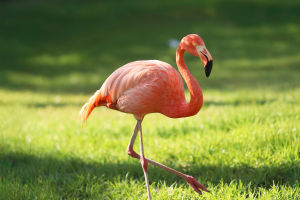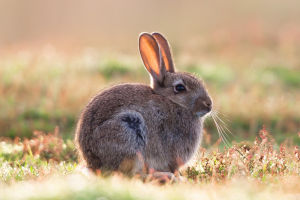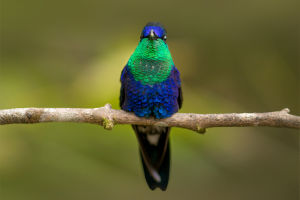Have you ever noticed how beautiful and agile dragonflies are as they flutter near ponds or wetlands? These fascinating insects play a significant ecological role and have a life cycle that may surprise you.
In this article, we will explore the intriguing world of dragonflies, their life cycle, behavior, and their role in controlling pests. Let’s dive into the life of these remarkable creatures!
Physical Features
Dragonflies are easily recognizable due to their striking appearance. They possess two large compound eyes, two sets of powerful transparent wings, and a long, slender abdomen. These features help them to be excellent hunters in the insect world. Unlike their relatives, damselflies, dragonflies have a robust body and large eyes that cover much of their head, providing them with exceptional vision, ideal for spotting prey from afar.
Dragonflies: The Fierce Predators
Dragonflies are formidable predators both as larvae (nymphs) and adults. As nymphs, they live in water and feed on smaller invertebrates, and in some cases, they may even capture tadpoles or small fish. As adults, their incredible vision and flying abilities allow them to catch insects like mosquitoes, flies, and bees mid-air. This makes them highly effective in controlling insect populations, making them valuable to humans for pest management.
Life Cycle: A Journey of Transformation
Dragonflies undergo an incomplete metamorphosis, which means they do not pass through a pupal stage. Instead, they hatch from eggs into nymphs, which look quite similar to the adults but without wings. These nymphs can live in water for several years, depending on the species. As they grow, they molt several times, gradually becoming larger and more developed. Once they are ready to transform into adults, they emerge from the water and shed their exoskeletons. The new adult dragonfly’s wings then unfold, and it takes to the air to find a mate.
Reproduction: The Mating Ritual
Dragonflies have a unique mating process. Males often fight for territory to attract females. Once a male and female are ready to mate, the male transfers seminal fluid to the female in a complex process. After mating, the female lays eggs in water, typically in plants or on submerged surfaces. The male stays nearby to guard the female and protect his mate from other males who might attempt to copulate with her.
Ecological Importance
Dragonflies are incredibly important to the ecosystems they inhabit. Their ability to consume large quantities of pests, such as mosquitoes, makes them essential in reducing the spread of diseases like malaria and dengue fever. Additionally, their presence in wetlands and ponds is an indicator of the health of these environments. Wetlands, with their abundant aquatic plants and insects, serve as the perfect habitat for dragonflies to breed and grow.
The Hidden Wonders of Dragonflies
Dragonflies are more than just captivating insects. They are skilled hunters, essential in managing pests, and play a key role in maintaining healthy ecosystems. Whether you’re watching them glide across a pond or discovering their extraordinary life cycle, dragonflies are truly fascinating creatures.
The next time you're in a wetland or garden, take a moment to observe these incredible insects—they may just amaze you with their speed and grace.
Thanks for reading, Lykkers! Do you have any dragonfly encounters or unique insights to share? We’d love to hear from you!


